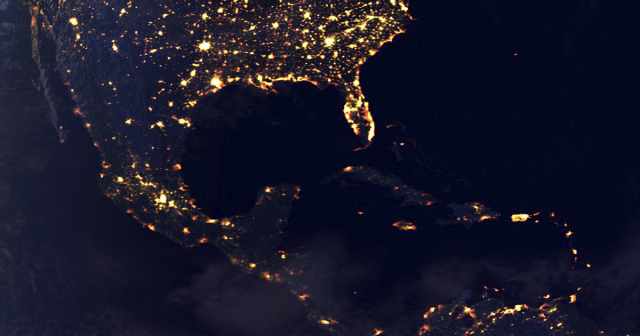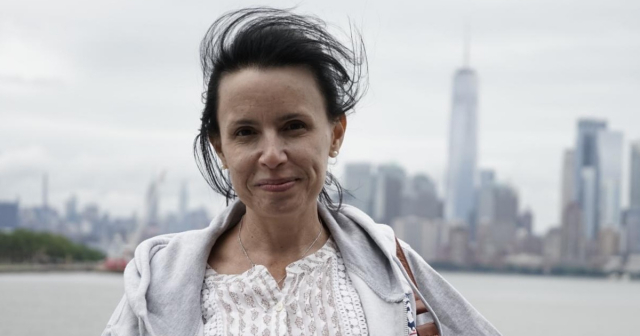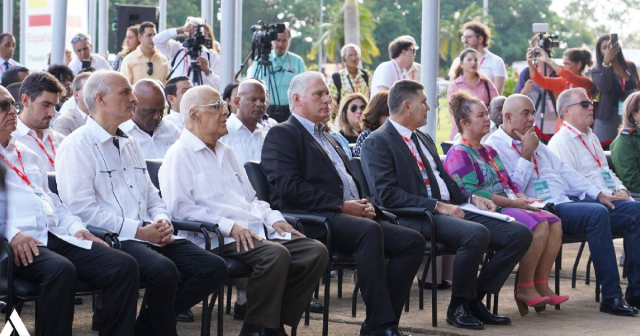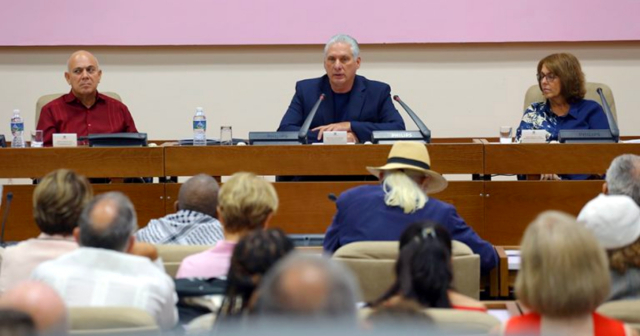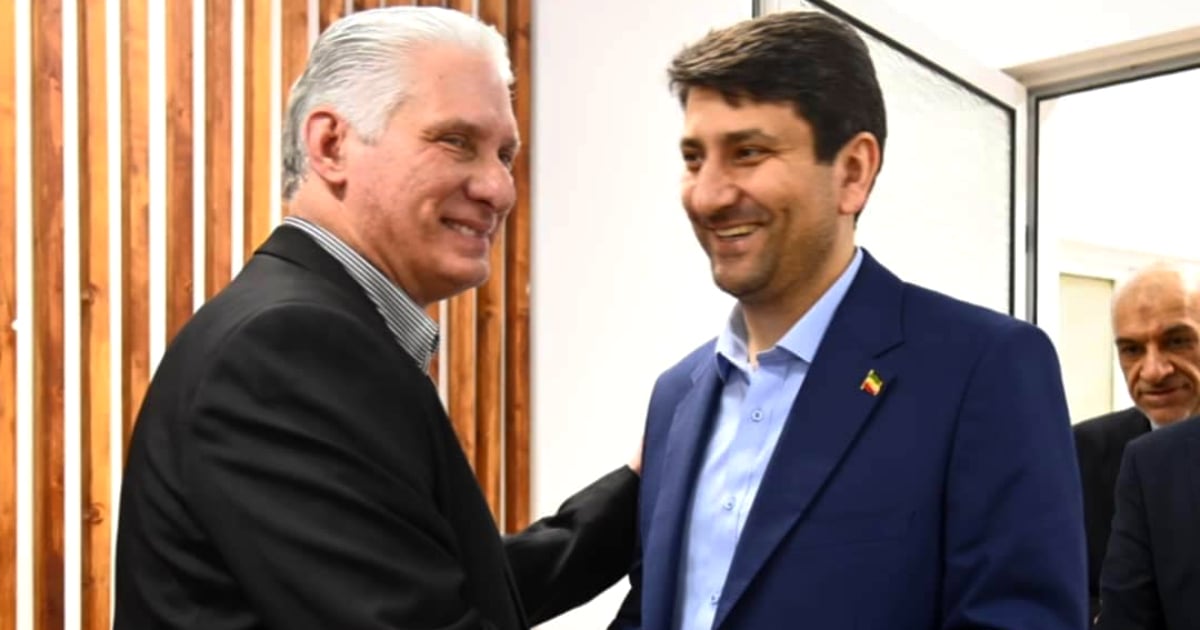
During the International Fair of Havana (FIHAV) 2024, Iran's Minister of Communication and Information Technology, Dr. Seyed Sattar Hashemi, met with Cuban leader Miguel Díaz-Canel, expressing that he felt "at home."
During the conversation, Díaz-Canel praised Minister Hashemi's presence at FIHAV and highlighted the strong representation of Iranian companies at the event, which expressed their interest in "collaborating with Cuba."
Hashemi, in a gesture highlighting the close relationship between both regimes, remarked that he feels "at home" on the island, delivering a message of solidarity and brotherhood from Iranian President Masoud Pezeshkian to Díaz-Canel and the Cuban people.
This familiarity, far from being coincidental, is rooted in a deep ideological affinity and a political collaboration that has strengthened in response to the condemnations from the international community, as well as a mutual rejection of democratic values and a shared inclination towards authoritarian control.
Strategic Alliances and Autocratic Commitment
This connection between the regimes of Cuba and Iran is not new. Over the past decade, high-level visits between the two countries have increased significantly.
In July 2024, Cuban Prime Minister Manuel Marrero Cruz traveled to Tehran to attend the inauguration of Pezeshkian, reaffirming the Cuban regime's commitment to its Iranian counterpart.
During that meeting, Marrero emphasized the "historical relationships" between both autocracies and their "convergence in the international sphere" in confronting sanctions and isolation imposed by democratic countries that condemn their repressive practices.
These diplomatic exchanges also extend to the economic arena. In 2022, both regimes proposed establishing a direct air route between Havana and Tehran, a project that would facilitate trade and tourism, strengthening their cooperation in areas such as health, technology, and investments.
These initiatives are part of a broader strategy of mutual support, through which they seek to overcome isolation and create a united front in the face of international pressure.
Repression and Control of Press Freedom
The affinity between Cuba and Iran is also reflected in their disdain for press freedom and the imposition of strict controls over information.
In its 2024 report, Reporters Without Borders (RSF) ranks Cuba 168th out of 180 in press freedom, while Iran is even lower, at 176th.
Both regimes maintain a hostile environment for independent journalism, imposing severe restrictions on freedom of expression and targeting media outlets and journalists who attempt to operate outside state control.
In Cuba, all media is controlled by the regime, and private press is prohibited. Journalists attempting to report independently are monitored, detained, and silenced under threats. Decree Law 370 criminalizes the publication of critical content on social networks and digital platforms, creating an environment of self-censorship and ongoing repression.
For its part, Iran employs similar strategies, including the arbitrary detention of journalists and internet blackouts during protests, as well as censoring social media to limit the flow of information.
Freedom House, which monitors digital rights, classifies both countries as "Not Free" in terms of internet access. Internet shutdowns and the blocking of messaging apps have become common tools for both regimes to stifle dissent, particularly during times of social mobilization.
Ideological Complicity: An Antidemocratic Alliance
The presence of Minister Hashemi in Cuba and his statements of feeling "at home" reveal the strong ideological connection between both regimes.
The alliance is not only based on economic interests but also on a shared vision of an autocratic model, where information and public opinion are subject to strict state control.
This affinity allows them to project an image of resilience to the international community while consolidating their mechanisms of internal censorship and manipulation.
By strengthening their ties through exchanges in areas such as information technology, Cuba and Iran seek to reinforce their control systems, which are crucial for maintaining cohesion in their respective regimes.
The collaboration not only allows them to support their anti-Western narratives in international forums, but also to develop technologies that facilitate population monitoring and reinforce their autocratic positions.
This alliance, framed within an agenda of active cooperation and a shared disregard for democratic values, reflects a bloc of resistance that challenges the principles of freedom and transparency, creating a scenario of repression and self-censorship that deeply affects their societies.
FIHAV 2024 was inaugurated under hurricane alert and amidst an energy crisis in Cuba. With over 700 exhibitors from 63 countries, the event aims to attract foreign investments crucial for the Cuban regime, which is facing an economic collapse exacerbated by electricity shortages and rising poverty.
In this context, the visit of the Iranian Minister of Communication, Dr. Seyed Sattar Hashemi, symbolizes the ideological and economic alliance between Cuba and Iran, whose regimes share an authoritarian stance and common challenges, seeking to sustain themselves through collaboration in strategic areas and control over information.
What do you think?
COMMENTFiled under:

